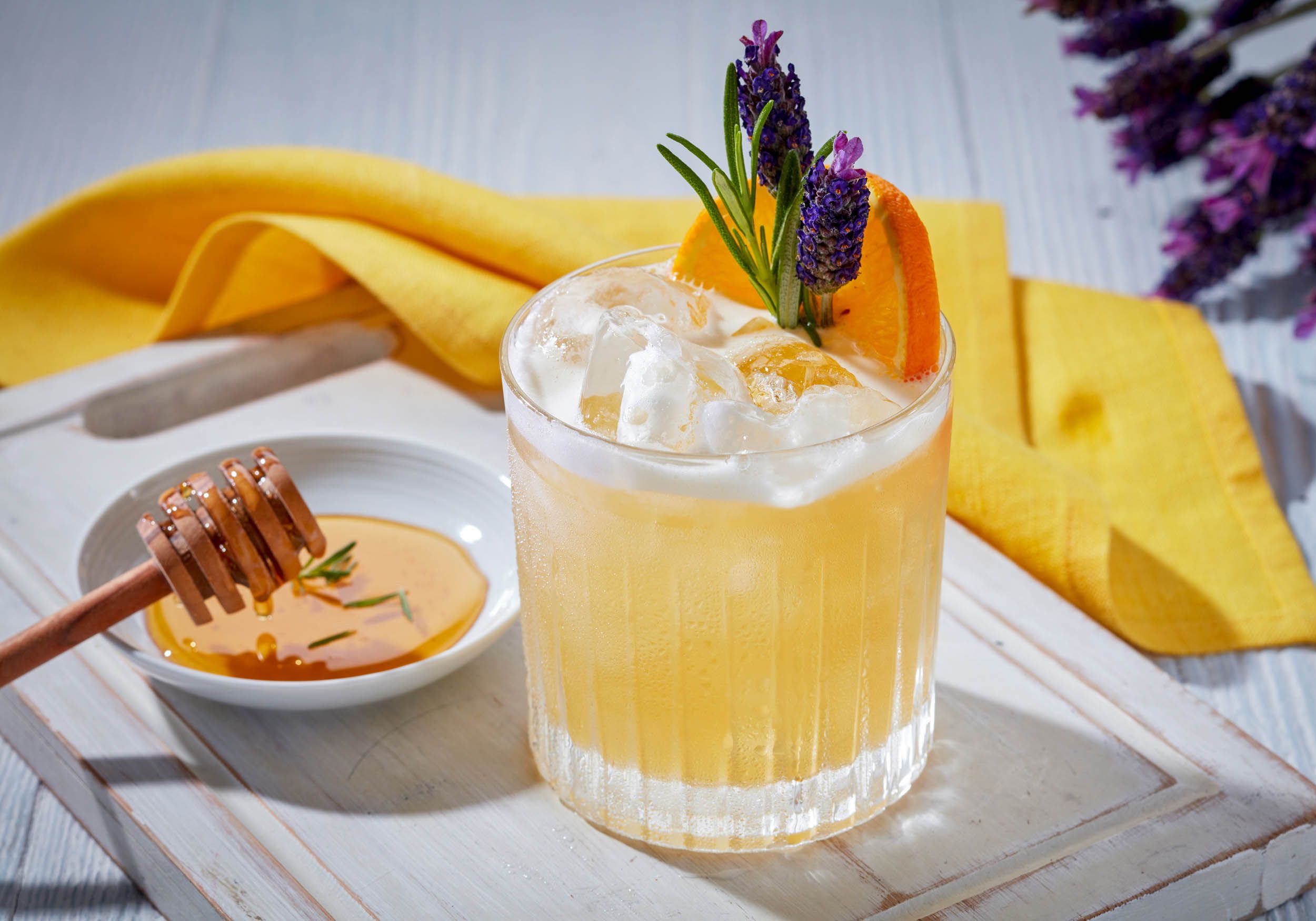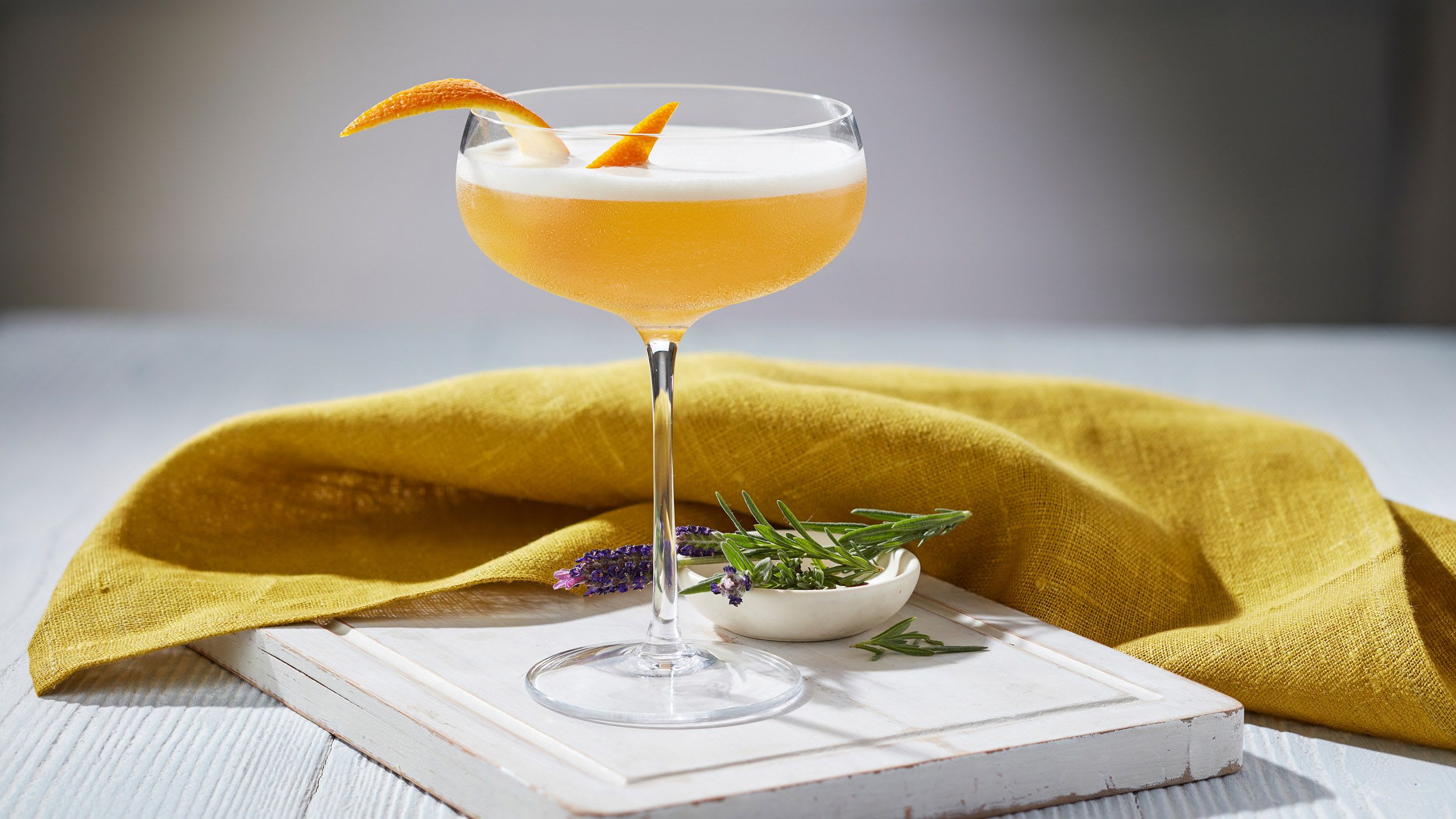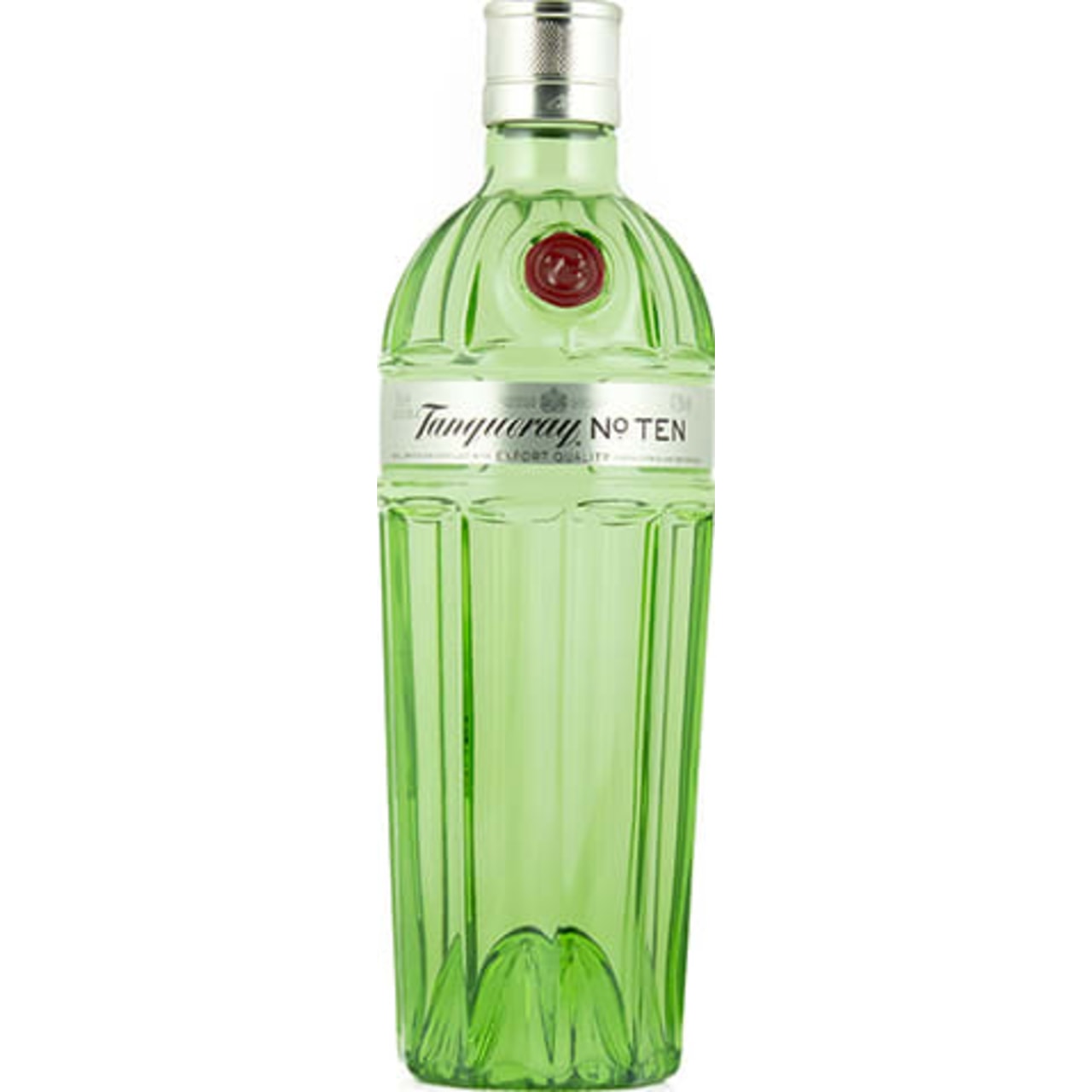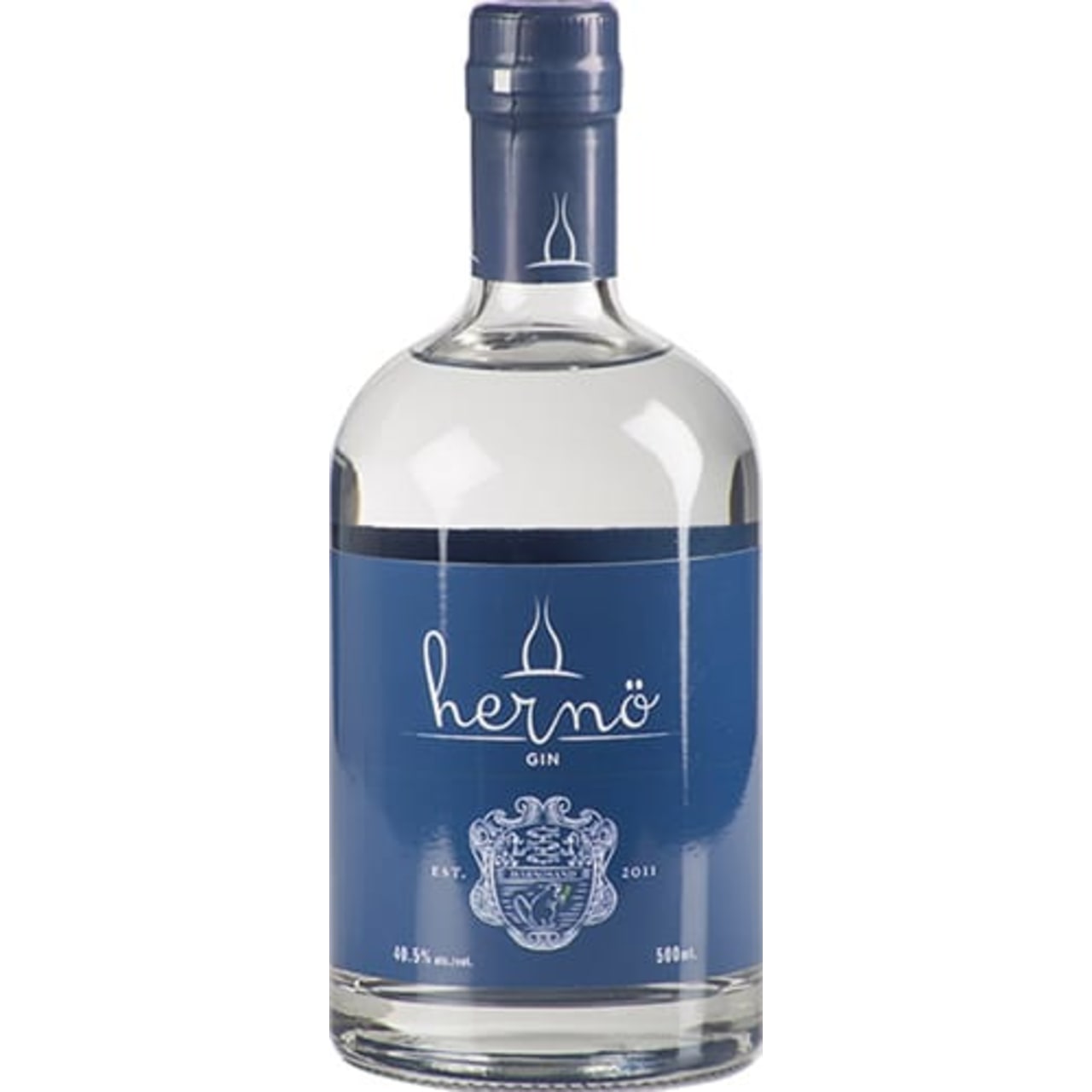What gin works best in a Bees Knees?
While it's easy to want to double down and pair sweet with sweet - don't. Flavoured Gins, gins with added sugar and heavy fruit infusions are not great as you are adding honey. Let that ingredient shine and if you want to really complement it, think about the pollinators and you'll find gins that ate ideal for the cocktail. Gins with notable presence of chamomile (Taqueray No.Ten), meadowsweet (Herno), Gorse (Greensand Ridge or Conker), elderflower or fresh herbs like verbena or lemon balm (Warner's) positively hum away in a Bees Knees.


Top Tips:
Ditch the orange juice if you don't have any or don't like it. Many have been doing just that for over 60 years (see below).
The quality of honey is key. The more complex and brilliant that is, the better this drink will be.
As an alternative to serving this in a martini glass, try pouring the cocktail on the rocks. It’s not quite the same but it’s perfect for the occasions where either you (or a guest) is wants a touch more dilution as the ice helps break up the sweetness and allows the cocktail to loosen up a little.


An abridged, inebriated history:
The Bee’s Knees is thought to have emerged during Prohibition era America, when bathtub gin was all the rage. Adding spoonfuls of honey to such bitter alcohol certainly would have helped to mask the harshness, and when mixed with the lemon would create a more appetising and sweet concoction. Honey wasn’t much of a fixture in the cocktail world at the time, but it provides warm, floral undertones that aren’t present in sugar and which create a complex maze of flavours when placed into a simple drink.
One of the earliest references to the Bees Knees cocktail is found in 1948’s legendary cocktail book The Fine Art of Mixing Drink, by David Embury (printed at the bottom of this article). He said:
“Early in the book I spoke in disparaging terms of the Bee’s Knees. This, however, was because as it originally came out during prohibition days it consisted of equal parts lemon juice, honey, and gin. If made as a variation of the standard Gin Sour, merely substituting honey for the sugar syrup is acceptable.”
Fortunately the drink survived Embury’s criticism, and became widely popular. It is, after all, the bee’s knees. Although, we wonder if a version made with an Old Tom Gin would be called The Cat’s Whiskers?
Try different honeys in this cocktail, as it will sway the drink’s profile hugely. One of our favourite types of honey to use is Borage Honey, which is almost gin clear in it’s own right, fresher to taste with a delicate floral note, perfect for a lighter Bees Knees and the ideal choice for an Embury recreation.
David Embury’s Bee’s Knees:
25 ml Gin
25ml Lemon Juice
25ml Honey




